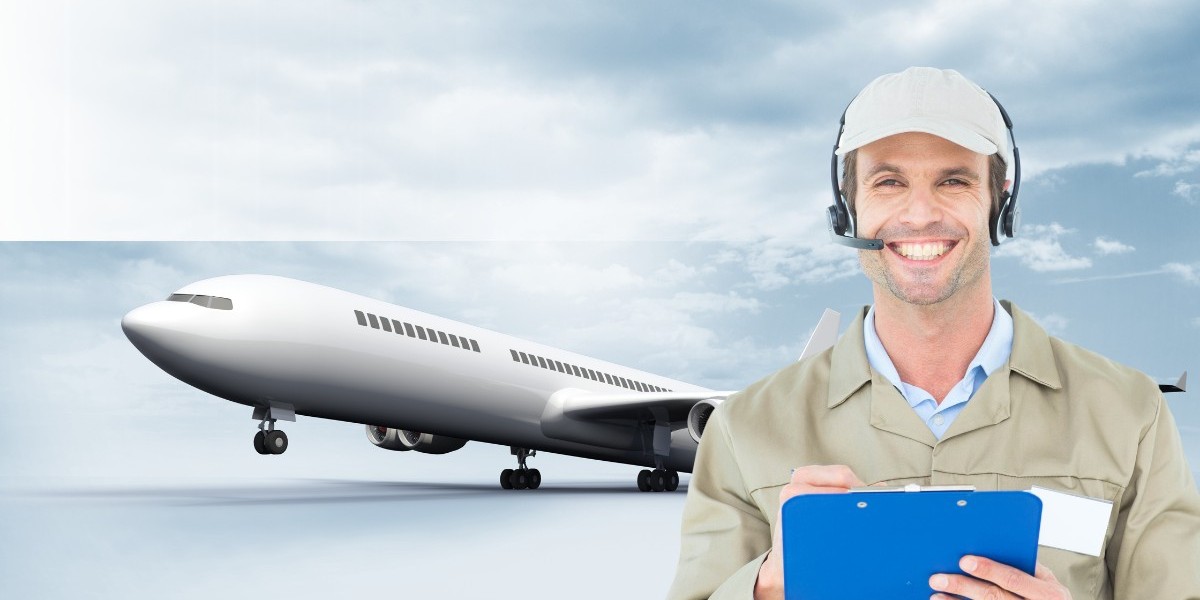India’s aviation sector has transformed from a colonial-era experiment into one of the world’s fastest-expanding markets. In barely a century, dusty grass strips gave way to gleaming terminals, and exclusive airlines evolved into affordable low-cost carriers. Today, government policies, private investment, and cutting-edge technology propel India’s air travel revolution. Buckle up as we explore the milestones, reforms, innovations, and obstacles shaping this dynamic industry.
Historical Growth of Indian Aviation
Early Pioneering Flights (1911 to 1947)
India’s aviation journey took off on February 18, 1911, when Henri Pequet flew a biplane carrying mail across the Yamuna River, a 13-minute flight that marked the subcontinent’s first airmail service. Under British rule, civil aviation remained experimental, with Imperial Airways linking Karachi, Delhi, and Calcutta by the mid-1930s. However, these services catered only to colonial administrators and elites.
Post-Independence Consolidation (1947 to 1990)
After 1947, the Indian government nationalized the sector and launched Air India International and Indian Airlines. While this monopoly enhanced basic connectivity, fleet expansion lagged and airfares remained high due to strict regulations. Still, foundations for growth—pilot training schools, regulatory bodies, and nascent airport infrastructure—took shape. By the late 1980s, India handled about 12 million passengers annually.
Liberalization and Market Expansion
Entry of Private Airlines
India’s 1991 economic reforms dismantled aviation monopolies and welcomed private players like Jet Airways and Sahara Airlines. Competition spurred service improvements, frequent-flyer programs, and in-flight innovations. As carriers competed for market share, prices dropped and route networks expanded.
The Low-Cost Carrier Revolution
The mid-2000s saw the rise of low-cost carriers such as IndiGo, SpiceJet, and GoAir. IndiGo’s 2006 launch featured a standardized Airbus A320 fleet and swift turnaround times, reducing operating costs and ticket prices. Today, low-cost carriers account for over 60 percent of domestic traffic, making air travel accessible across India’s vast geography.
Government Initiatives Fueling Growth
UDAN Regional Connectivity Scheme
In 2016, the Ude Desh ka Aam Nagrik (UDAN) program targeted under-served routes by offering airlines viability gap funding and reduced airport charges. By June 2025, UDAN connected more than 100 regional airports and carried over 4 million passengers, unlocking economic opportunities in tier-2 and tier-3 cities.
Airport Modernization and Expansion
The Airports Authority of India (AAI) launched an airport modernization plan that delivered state-of-the-art terminals in Delhi (T3), Mumbai (T2), and other metros. Automated boarding gates, smart baggage handling, and world-class lounges now greet travelers. Simultaneously, brownfield projects in Chennai, Hyderabad, and Kolkata enhanced capacity without disrupting operations.
Infrastructure Development: Greenfield vs. Brownfield
Greenfield Airport Projects
Greenfield airports—from Navi Mumbai to Kannur—are built on undeveloped land with sustainability and scalability at their core. These projects incorporate solar power, rainwater harvesting, and ample runway capacity to meet future demand.
Brownfield Expansions
Brownfield expansions at Kolkata, Hyderabad, and Delhi added terminals, runways, and parking bays to improve passenger throughput while operations continued uninterrupted.
Cargo & Logistics: A Growing Revenue Stream
Rising e-commerce and pharmaceutical exports have boosted air cargo volumes. The National Air Cargo Policy (2021) aims to double cargo throughput by 2030 through specialized terminals and cold-chain infrastructure. Emerging hubs at Nagpur and Hyderabad leverage land availability and logistics parks to capture more freight business.
Technological Innovations Elevating Safety and Efficiency
Next-Gen Air Traffic Management
To handle increasing flight density, India has deployed satellite-based navigation (GNSS), Automatic Dependent Surveillance–Broadcast (ADS-B), and advanced radar systems. These upgrades enable real-time aircraft tracking and optimized flight corridors, reducing delays and fuel burn.
Digital Transformation in Passenger Services
Mobile boarding passes, biometric check-in, and AI-powered chatbots have eliminated paper tickets and long queues. Airlines now use big data and machine learning to personalize offers, including lounge upgrades and in-flight meals, to enhance customer loyalty.
Human Resource Development: Building a Skilled Workforce
Flight Training Schools
India’s pilot training facilities have grown from a handful in the 1990s to over 50 today, including the Indira Gandhi Rashtriya Uran Akademi and the Government Flying Training School. Despite this expansion, pilot shortages persist, prompting partnerships with foreign academies and new scholarship programs.
Cabin Crew and Technical Education
Institutions like FIC Aviation Academy and Rajiv Gandhi National Aviation University offer courses in cabin safety, aircraft maintenance, and operations. Virtual reality simulators teach emergency protocols, while workshops train technicians on composite materials and avionics.
Maintenance, Repair and Overhaul (MRO): Untapped Potential
Domestic MRO Expansion
Currently, India fulfills only about 5 percent of its MRO requirements domestically and sends most work abroad to Singapore and the Middle East. To capture more market share, the government reduced GST on maintenance services to 5 percent and eased FDI rules. Companies like Air Works and GMR Aero Technic are scaling up facilities to serve both domestic and international clients.
Positioning as an International MRO Hub
With cost advantages, skilled labor, and a strategic location, India plans to establish full-service MRO parks at major airports. Once operational, these parks could attract Airbus and Boeing line maintenance contracts, boosting exports and creating jobs.
Challenges and Bottlenecks
Regulatory Overlaps
Complex approval processes across the DGCA, MoCA, and AAI often delay route permissions and infrastructure projects. Introducing a unified, single-window clearance system could streamline operations.
Regional Infrastructure Gaps
Many regional airports lack night-landing facilities, adequate runways, or Instrument Landing Systems (ILS), which limits flight frequency and keeps fares higher on these routes.
Environmental and Sustainability Concerns
Aviation’s carbon footprint and noise pollution pose significant challenges. India’s net-zero by 2070 pledge drives investment in Sustainable Aviation Fuels (SAF) and electric aircraft, but technology costs and scale-up hurdles remain.
Future Trends: What Lies Ahead?
Deeper Regional Penetration: UDAN’s next phases will link more tier-2 and tier-3 cities, expanding tourism, trade, and job creation.
Green Aviation Technologies: SAF production from agricultural waste and carbon capture could cut emissions by up to 80 percent, while eVTOL air taxis promise short-haul, emission-free commutes.
Urban Air Mobility and Drones: Trials for passenger air taxis and drone deliveries in remote areas are underway, setting the stage for a new era of mobility.
Conclusion
India’s aviation boom reflects a century of strategic policy, private innovation, and technological advancement. From airmail pioneers to budget-friendly airlines, from grass-strip airfields to futuristic terminals, the journey continues skyward. While regulatory, infrastructural, and environmental challenges persist, the sector’s resilience and growth mindset suggest that the sky is not the limit, it is just the beginning.
FAQs
- What is UDAN and how has it improved regional connectivity?
- UDAN is a 2016 government scheme offering financial incentives to airlines on under-served routes. It has operationalized over 100 regional airports and carried more than 4 million passengers by mid-2025.
- Why have low-cost carriers thrived in India?
- Low-cost carriers standardize fleets (mainly Airbus A320s), minimize turnaround times, and offer no-frills fares, perfectly matching price-sensitive Indian travelers.
- What hurdles does India’s aviation sector face?
- Key challenges include overlapping regulatory bodies, infrastructure gaps at regional airports, and environmental impacts from emissions and noise.
- How is India pursuing sustainable aviation?
- India is piloting SAF projects, testing electric aircraft, and offering policy incentives, all aligned with the net-zero by 2070 goal.
- Can India become an international MRO hub?
- Yes, by leveraging reduced GST on maintenance, relaxed FDI norms, and six planned MRO parks to attract global line maintenance contracts.







